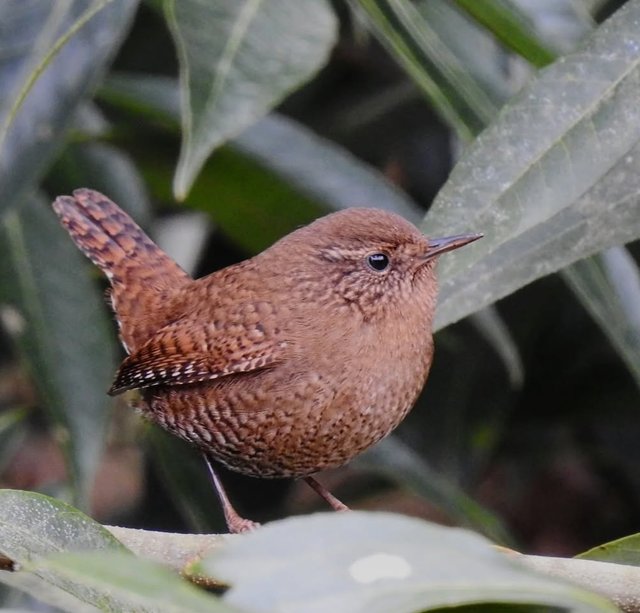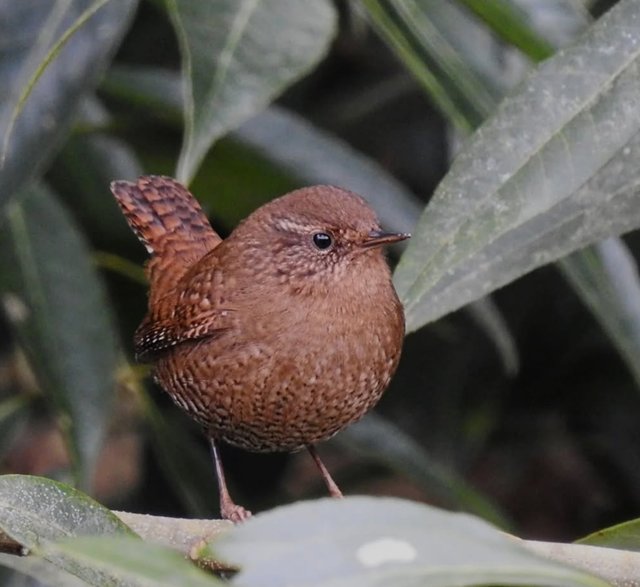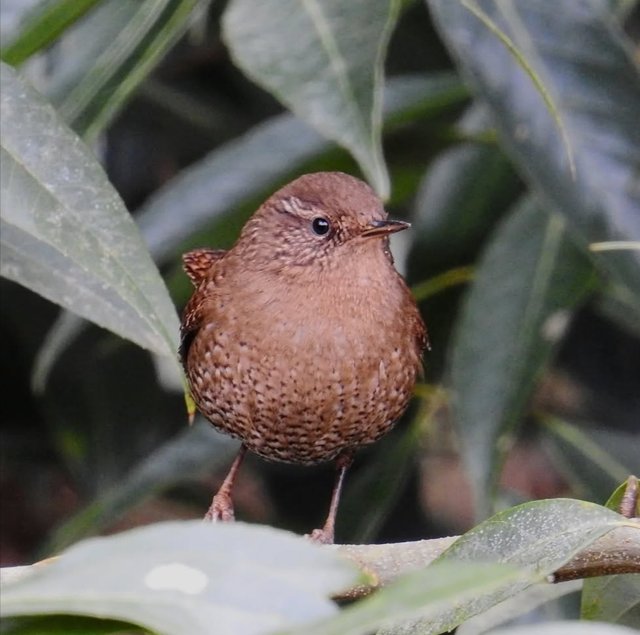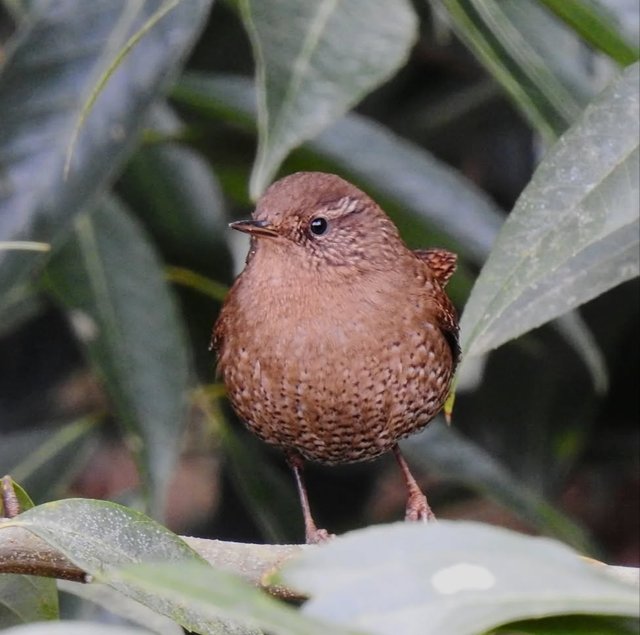So Cute Eurasian Wren Bird
The Eurasian wren is a small yet captivating bird that holds a special place in the avian world. Known for its diminutive size, energetic behavior, and surprisingly loud voice, this bird can be found across a wide range of habitats throughout Europe, Asia, and parts of North Africa. Despite its small stature, the Eurasian wren embodies a lively and resilient spirit, making it a favorite among birdwatchers and nature enthusiasts alike.
Physical Description
The Eurasian wren is one of the smallest birds in its range, measuring about 9–10 cm in length and weighing just 7–12 grams. Its plumage is typically a warm brown color with fine barring on its wings and tail, which often appears cocked upwards in a signature pose. The wren’s subtle speckled pattern provides excellent camouflage in its natural environment. It has a short, straight bill and expressive dark eyes that give it a curious and alert demeanor.
Habitat and Range
The Eurasian wren is remarkably adaptable and occupies a wide variety of habitats, including woodlands, shrublands, gardens, moorlands, and even rocky coastal cliffs. Its range spans from Ireland and the United Kingdom across continental Europe, extending into northern Africa, and stretching deep into Asia as far as Japan. This adaptability to diverse environments is one of the reasons for its widespread distribution.
Behavior and Feeding
Wrens are highly active birds, constantly flitting through undergrowth and searching for food. They are primarily insectivorous, feeding on a diet of insects, spiders, and other small invertebrates. Occasionally, they may also eat seeds and berries during colder months when insects are scarce. Their foraging behavior is characterized by agility and persistence, often probing into crevices, leaf litter, and tree bark with their fine bill.
Despite their small size, Eurasian wrens are known for their loud and complex songs. Male wrens sing throughout the year, but their vocal displays are particularly prominent during the breeding season. Their songs are intricate, rapid, and melodious, often lasting several seconds and incorporating a variety of trills and notes. These vocal performances serve to establish territory and attract mates.
Breeding and Nesting
Eurasian wrens are monogamous during a single breeding season, but males may build several nests to impress potential mates. These nests are typically dome-shaped and constructed using moss, leaves, and grass, often hidden in dense vegetation, tree roots, or crevices in walls. The female selects the nest she prefers and lines it with softer materials before laying her eggs.




Thanks For Reading
Device Information
| Device | cannon eos 700D |
|---|---|
| Lens | 55-250 zoom leans |
| Location | Bangladesh |

Saya ingin menggorengnya dan memakannya dengan lahap sungguh sangat lezat si burung kecil ini. Atau sepertinya saya harus mencari resep baru mengolah burung kecil yang imut ini.